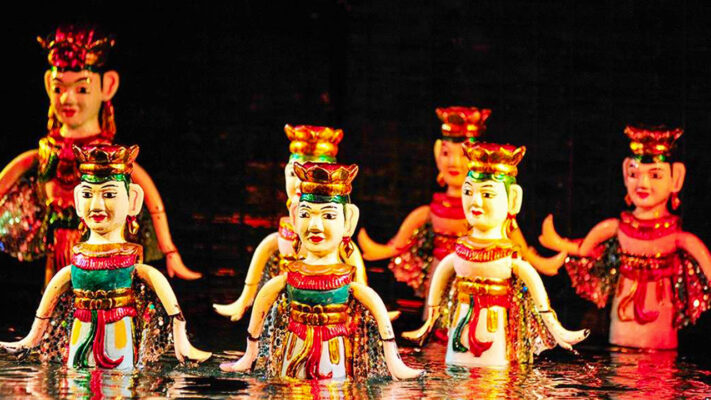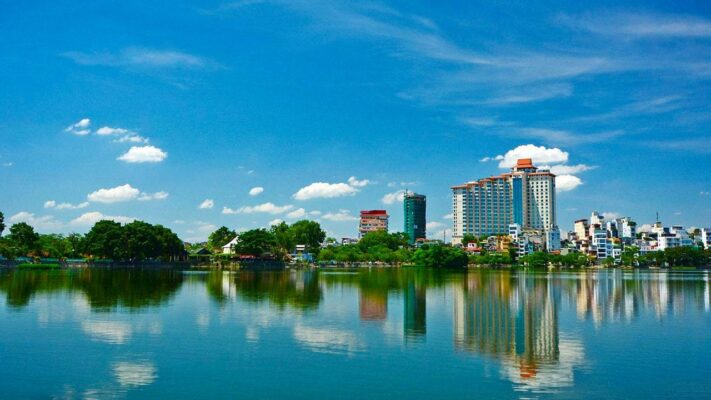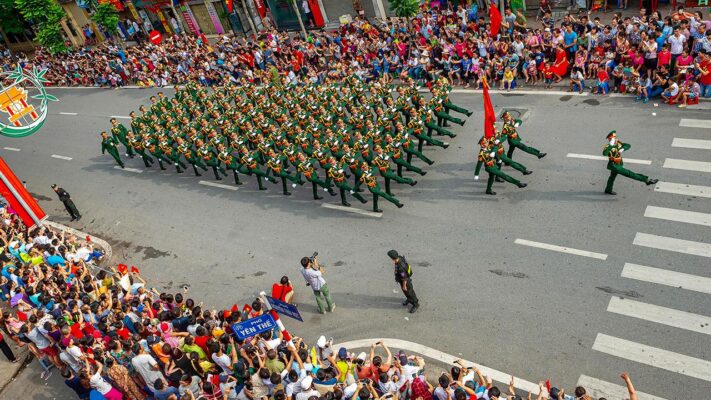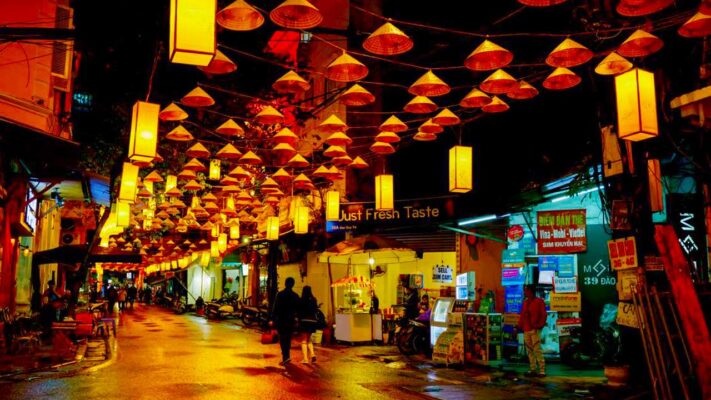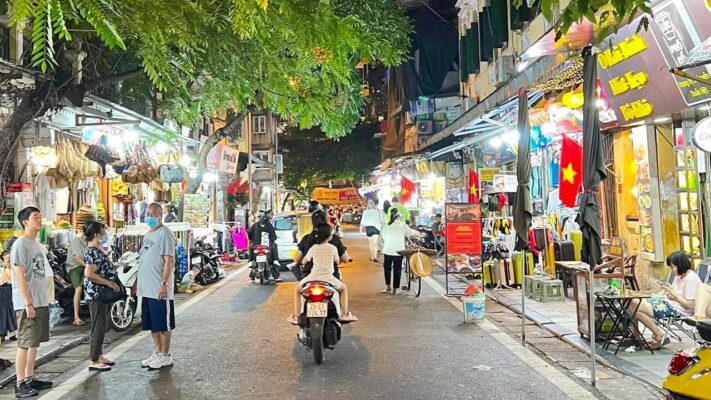Hanoi Beer Street: The Ultimate Guide to Ta Hien’s Bia Hoi, Food & Nightlife
As dusk settles over Hanoi, a remarkable transformation begins in the labyrinthine alleys of the Old Quarter. A quiet, historic lane awakens, and a symphony of sounds rises to greet...
Water Puppet Theatre in Hanoi: A Timeless Vietnamese Art You Must See
Hanoi, the capital city of Vietnam, is renowned for its cultural richness and historical depth, encapsulated beautifully in its traditional art forms. A standout among these is water puppetry an enchanting art form that...
Truc Bach Lake: Discover Hanoi’s Tranquil Oasis of History and Culture
Hidden amidst the bustling cityscape of Hanoi, Truc Bach Lake presents an unexpected oasis of tranquility and historical richness. This quaint body of water, less crowded yet enriched with stories,...
Thê Húc Bridge: Iconic Landmark in Hanoi’s Cultural Landscape
Thê Húc Bridge, renowned for its bright red hue, stands elegantly over Hoàn Kiếm Lake in Hanoi, Vietnam. This pedestrian bridge is more than just a means of crossing; it...
Perfume Pagoda: Explore Vietnam’s Iconic Spiritual Haven
Nestled within Vietnam’s lush Huong Tich mountains, about 60 kilometers southwest of bustling Hanoi, lies a mystical realm known as the Perfume Pagoda, or Chùa Hương. This spiritual haven, steeped...
Vietnam: The Rising Dragon – A Nation’s Story That Inspires the World
Vietnam is a land of breathtaking contrasts – where thousand-year-old traditions meet cutting-edge innovation, and where resilience has shaped one of the most remarkable national transformations in modern history. From...
Ninh Binh Vietnam: Explore Nature, History & Culture in a Hidden Gem
Nestled in Northern Vietnam, just a short drive from Hanoi, Ninh Binh is a hidden gem that seamlessly blends natural beauty, ancient history, and authentic rural charm. Often called “Ha...
Ha Long Bay: Explore Vietnam’s Stunning Natural Wonder
Nestled in the northeastern part of Vietnam, Ha Long Bay is a mesmerizing natural marvel and a UNESCO World Heritage Site. Famous for its towering limestone cliffs and idyllic emerald...
Hanoi Old Quarter Walking Tour: A Journey Through History and Culture
Imagine stepping foot into the heart of Vietnam’s capital, where the aroma of street food mingles with the echo of ancient trades, and history beckons from every corner. This is...
Hang Giay Street Hanoi: A Cultural and Shopping Haven
Hidden in the heart of Hanoi’s Old Quarter lies the captivating Hang Giay Street, an emblem of history and culture. Once known as “Street of Paper,” this location is now...
Hanoi Old Quarter Map





